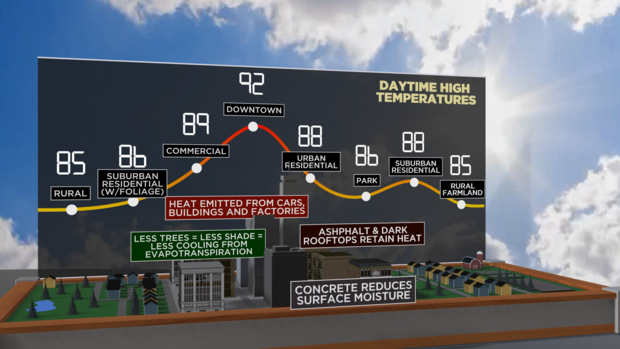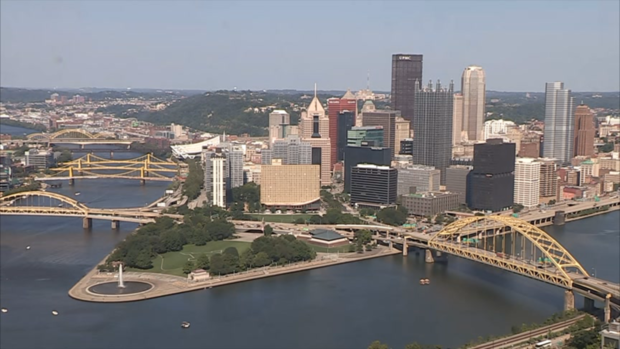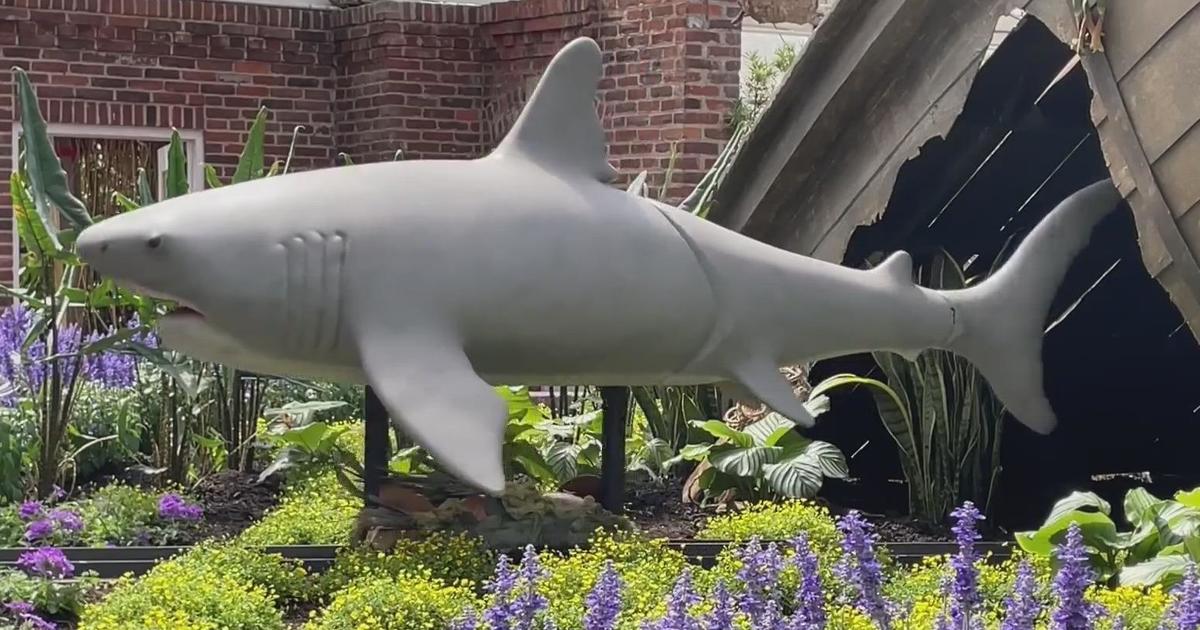Hey Ray: Urban heat islands
PITTSBURGH (KDKA) - When you think of an island, you probably think of a tropical destination. We are going to talk about a different kind of island, though.
Not an island that is a body of land surrounded by water. Our subject is hot, urban areas surrounded by cooler temperatures. This is something we call "Urban Heat Island".
You can really notice these temperature disparities when you have rural areas adjacent to urban areas.
Larger cities and highly developed urban areas, in the summertime, can sometimes get 10°-20° hotter than surrounding, less populated areas during the daytime, and these higher temperatures can last through the night because of this Urban Heat Island effect.
So, what causes urban heat islands?
For starters, remember when we discussed albedo? That is where darker surfaces absorb more heat than white or reflective surfaces.
The same is true with cities. They often have a lot of blacktop and concrete. When these are in the sun, they absorb more of the Sun's energy and radiate that into the air, warming the temperatures.
Another contributing factor that leads to hotter cities is something called "Urban Canyons".
When you have tall buildings, as many cities do, they block wind and prevent ventilation. Mixing the air can help cool blacktop and concrete, and the wind is helpful for evaporating water, which is a cooling process.
The higher concentration of people and higher vehicle usage will emit more heat, too, keeping the city temperatures elevated.
According to the Environmental Protection Agency, we can prevent urban heat islands, or at least reduce their effects in different ways.
Plants and trees provide shade and can also cool through their process of evapotranspiration. Using green roofs, which is a layer of vegetation on rooftops is helpful, too.
More parks and green spaces are beneficial while using more reflective building materials, so the sun's energy is reflected and not absorbed.
Obviously, using fewer automobiles when possible would reduce the urban heat island, as well.
We just have to do our part.








